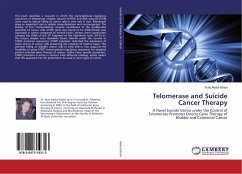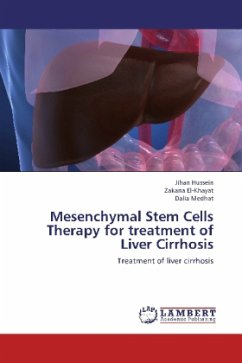This book describes a research in which the transcriptional regulatory sequences of telomerase catalytic subunit (hTERT) and RNA subunit (hTER) were used to induce killing of cancer cells in vitro and in vivo. Telomerase plays an important role in cellular immortalization and carcinogenesis. The activity of this "immortalizing" enzyme contributes to the proliferative potential of cancer cells. hTERT gene was found to be differentially over expressed in cancer compared to normal tissue. Vectors were constructed carrying the cDNA of the "A" fragment of the Diphtheria toxin (DT-A) or the herpes simplex virus thymidine kinase (Hsv-tk) under the control of hTERT promoter sequences. hTERT promoter restricted the expression of these vectors in cancer cells preserving the integrity of healthy tissue. This selective killing of bladder cancer cells in vitro and in vivo supports the feasibility of using hTERT transcriptional regulatory sequences for targeted patient oriented gene therapy ofcancer. Unlike tissue specific promoters, hTERT promoter is active in cancers from different etiology, which means that this approach has the potential to be used in most types of cancer.
Bitte wählen Sie Ihr Anliegen aus.
Rechnungen
Retourenschein anfordern
Bestellstatus
Storno








